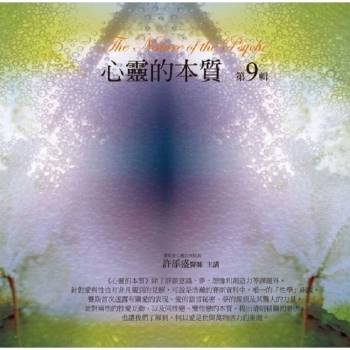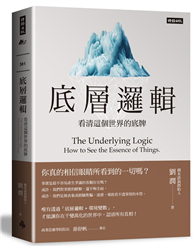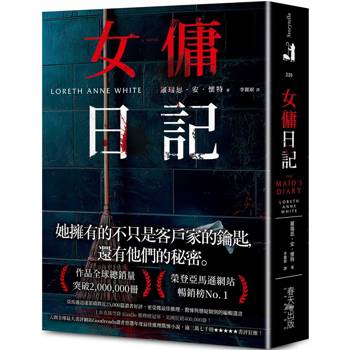From the paving of the Los Angeles River in 1938 and the creation of the G.I. Bill in 1944, to the construction of the Interstate Highway System during the late 1950s and the brownstoning movement of the 1970s, throughout the mid-20th-century the United States saw a wave of changes that had an enduring impact on the development of urban spaces. Focusing on the relationship between processes of demolition and restoration as they have shaped the modern built environment, and the processes by which memory is constructed, hidden, or remade in the literary text, this book explores the ways in which history becomes entangled with the urban space in which it plays out. Alice Levick takes stock of this history, both in the form of its externalised, concretised manifestation and its more symbolic representation, as depicted in the mid-20th-century work of a selection of American writers. Calling upon access to archival material and interviews with New York academics, authors, local historians and urban planners, this book locates Freud’s ’Uncanny’ in the cracks between the absent and present, invisible and visible, memory and history as they are presented in city narratives, demonstrating both the passage of time and the imposition of 20th-century modernism.
With reference to the works of D. J. Waldie, Joan Didion, Hisaye Yamamoto, Raymond Chandler, Marshall Berman, Gil Cuadros, Paule Marshall, L. J. Davis, and Paula Fox, Memory and the Built Environment in 20th-Century American Literature unpacks how time becomes visible in Los Angeles, Sacramento, Lakewood, and New York in the decades just before and after the Second World War, questioning how these spaces provide access to the past, in both narrative and spatial forms, and how, at times, this access is blocked.
| FindBook |
有 1 項符合
Memory and the Built Environment in 20th-Century American Literature: A Reading and Analysis of Spatial Forms的圖書 |
 |
Memory and the Built Environment in 20th-Century American Literature: A Reading and Analysis of Spatial Forms 作者:Levick 出版社:Bloomsbury Academic 出版日期:2022-12-29 語言:英文 規格:平裝 / 240頁 / 23.39 x 15.6 x 2.54 cm / 普通級/ 初版 |
| 圖書館借閱 |
| 國家圖書館 | 全國圖書書目資訊網 | 國立公共資訊圖書館 | 電子書服務平台 | MetaCat 跨館整合查詢 |
| 臺北市立圖書館 | 新北市立圖書館 | 基隆市公共圖書館 | 桃園市立圖書館 | 新竹縣公共圖書館 |
| 苗栗縣立圖書館 | 臺中市立圖書館 | 彰化縣公共圖書館 | 南投縣文化局 | 雲林縣公共圖書館 |
| 嘉義縣圖書館 | 臺南市立圖書館 | 高雄市立圖書館 | 屏東縣公共圖書館 | 宜蘭縣公共圖書館 |
| 花蓮縣文化局 | 臺東縣文化處 |
|
|
圖書介紹 - 資料來源:博客來 評分:
圖書名稱:Memory and the Built Environment in 20th-Century American Literature: A Reading and Analysis of Spatial Forms
內容簡介
作者簡介
Alice Levick is currently working for the Civil Service and is an independent scholar. After completing her doctoral thesis in 2018, she taught at the University of Exeter, UK as a postgraduate teaching assistant. She worked on her thesis over the course of seven years, during which she also worked as an editor for Risk Books. Her articles on American fiction and urban space have appeared in the European Journal of American Culture, HARTS & Minds, and US Studies Online, in addition to a chapter in the multi-contributor work, Time, the City, and the Literary Imagination (2021), edited by Anne-Marie Evans and Kaley Kramer.
A Practical Guide to Injunctions Pursuant to Section 187B of the Town and Country Planning Act 1990
The Acoustic Environment of Care Homes: Case Studies from China
Navigating the Cyber Maze: Insights and Humor on the Digital Frontier
Navigating the Cyber Maze: Insights and Humor on the Digital Frontier
Digital Transitioning in the Built Environment in Developing Countries
Designing Commercial Interiors
The Renewal of Post-War Manchester: Planning, Architecture and the State
Privacy in Vehicular Networks: Challenges and Solutions
Privacy in Vehicular Networks: Challenges and Solutions
Women Architects at Work: Making American Modernism
The Acoustic Environment of Care Homes: Case Studies from China
Navigating the Cyber Maze: Insights and Humor on the Digital Frontier
Navigating the Cyber Maze: Insights and Humor on the Digital Frontier
Digital Transitioning in the Built Environment in Developing Countries
Designing Commercial Interiors
The Renewal of Post-War Manchester: Planning, Architecture and the State
Privacy in Vehicular Networks: Challenges and Solutions
Privacy in Vehicular Networks: Challenges and Solutions
Women Architects at Work: Making American Modernism
|











